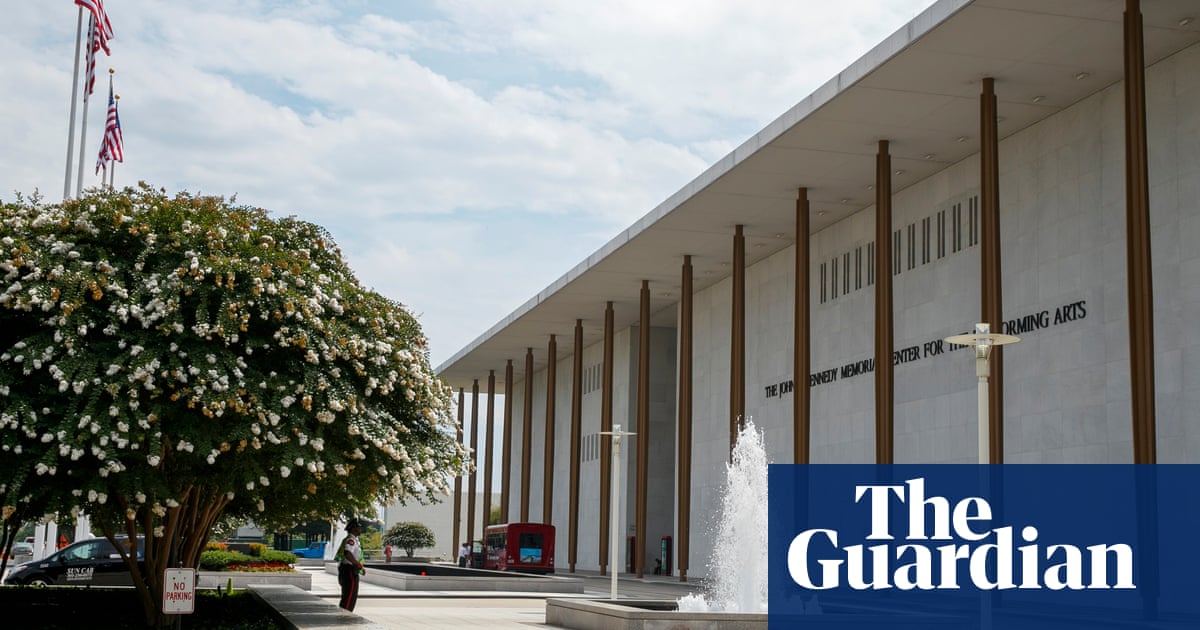Space exploration has a rich history, yet much of its significant infrastructure is already fading away. A new generation of “space archaeologists” is working to preserve artefacts that represent humanity’s journey into the cosmos.
As private companies increasingly enter space, the risk of losing historical sites rises. The recent addition of the Moon’s Apollo 11 landing site to the World Monuments Fund’s 2025 Watch List highlights this urgent issue. Just like ancient wonders, the remnants of our space missions are irreplaceable. They symbolize a monumental stage in human evolution and often evoke national pride.
Studying these artefacts not only helps keep our history alive but also shapes the future of space exploration. Research shows that better understanding how astronauts adapt to technology and environments can influence spacecraft design and mission success. Experts like Alice Gorman and Justin Walsh are leading the charge in this field, working to protect our space heritage for future generations.
Recently, Walsh pointed out, “Any mission that approaches historic sites will have consequences we can’t predict. We must minimize damage.” As commercial interests push for rapid advancements, the need for protocols to safeguard these priceless locations is growing critical.
The International Space Station (ISS) is another focal point of concern. It may face deorbiting sooner than planned, potentially erasing a piece of history. NASA astronaut Kayla Barron made strides in space archaeology by conducting experiments aboard the ISS. She documented how astronauts organize their space, revealing deeper insights into human behavior in space.
This emerging field of space archaeology combines traditional archaeological methods with modern technology. Today’s archaeologists study satellite images and dig into engineering plans instead of soil. They aim to understand how space conditions affect artefacts and the experiences of those who interact with them. As Walsh notes, “Digital technology has transformed our approach, making it easier to document and analyze space habitats.”
The increasing emphasis on preserving space artefacts has gained traction. Gorman’s research and the work of ISSAP (International Space Station Archaeological Project) showcase this shift, as they include in-depth studies of how astronauts personalize and adapt spaces on the ISS. They recently marked several areas to analyze how usage changes over time, which could help improve future missions.
Historically, our understanding of space artefacts has evolved. Professor Beth O’Leary’s Lunar Legacy Project aimed to trace every object left on the Moon but faced challenges due to limited funding. Today, experts estimate that over 400 metric tons of materials clutter the lunar surface, underscoring the need for focused preservation efforts.
The push to recognize significant sites continues. The ICOMOS International Scientific Committee on AeroSpace Heritage, formed recently, aims to raise awareness about the threats facing these sites and advocate for their protection. Another exciting development is the suggestion of creating a “museum orbit” for valuable historical objects, offering a way to preserve them outside Earth’s atmosphere.
In conclusion, as commercial interests grow in space, the urgency to protect our cosmic heritage intensifies. Understanding our past enriches our present and lays the groundwork for future explorations. As Gorman reminds us, preserving these moments in history is vital for humanity’s future in space.





















